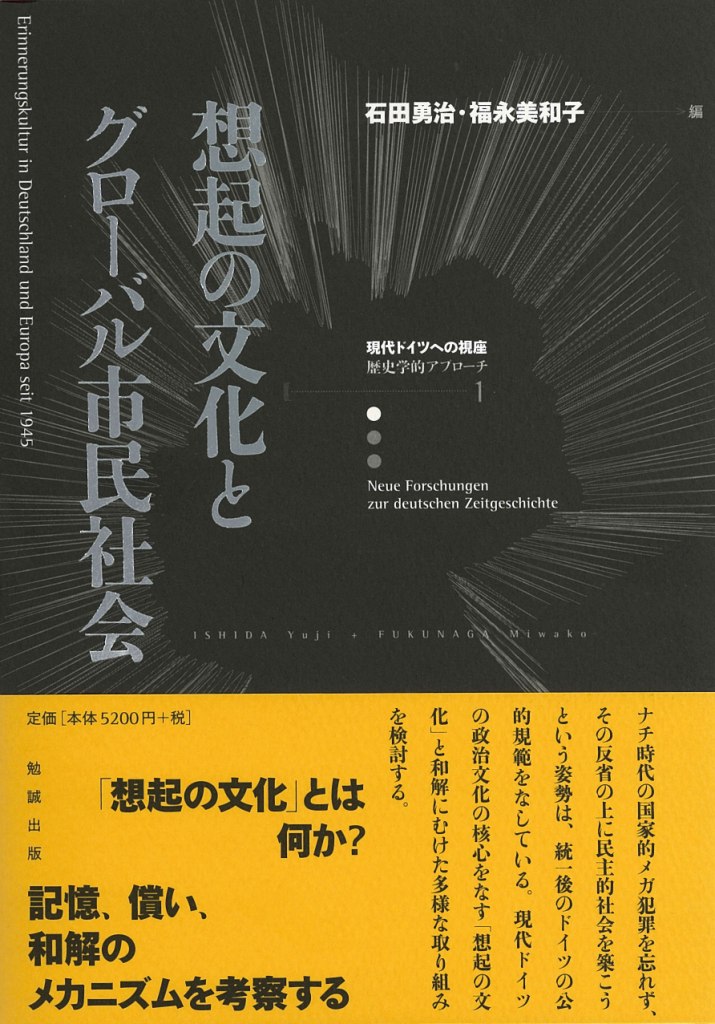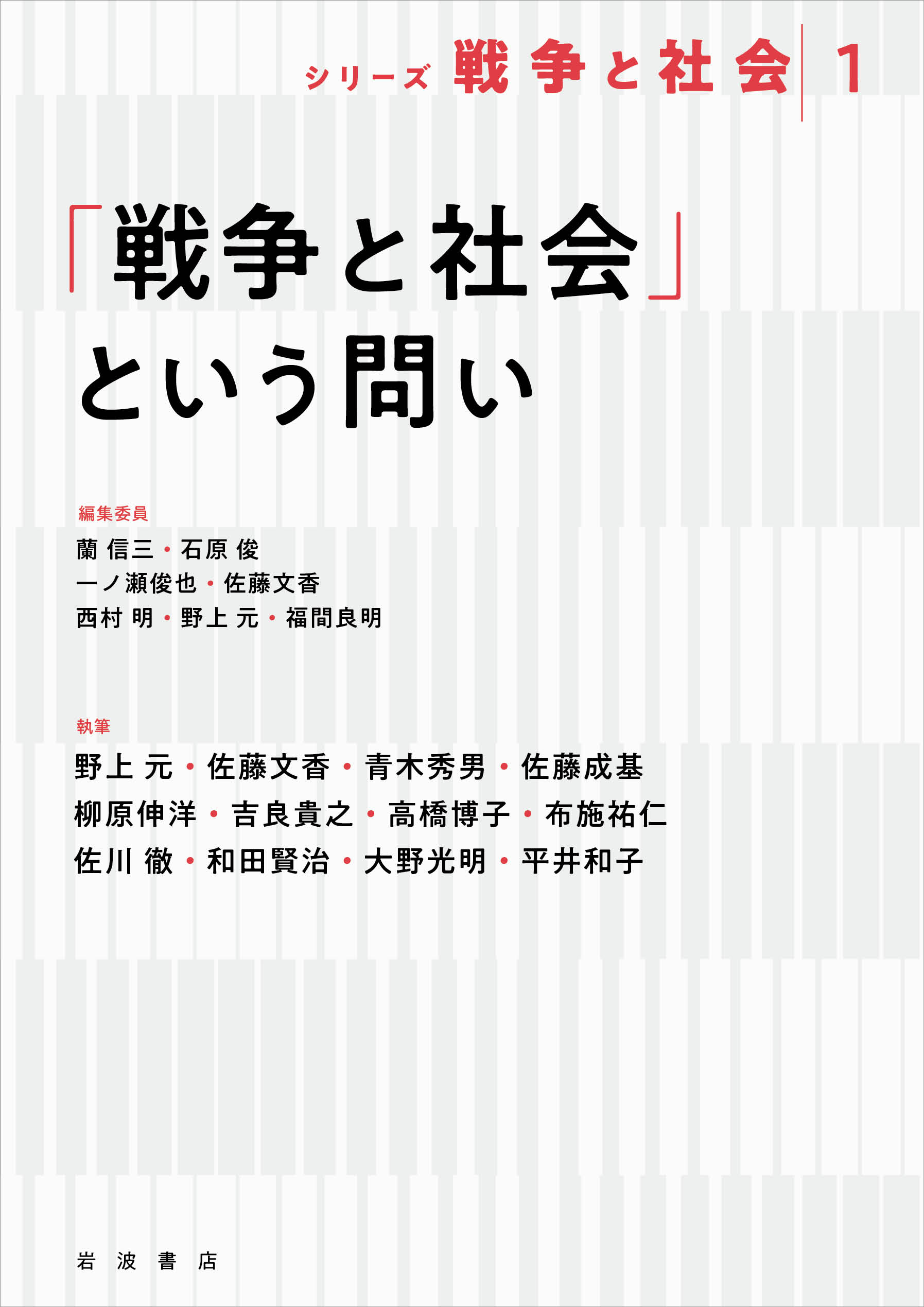
Title
Kodansha’s new library of knowledge Hitler to Nazi・Doitsu (Hitler and Nazi Germany)
Size
368 pages, paperback pocket edition
Language
Japanese
Released
June 20, 2015
ISBN
978-4-06-288318-4
Published by
Kodansha
Book Info
See Book Availability at Library
Japanese Page
Who was Adolf Hitler?
In this book, the author sets out to answer this question from a historical perspective.
Hitler was the leader of the Nazi Party (National Socialist German Workers’ Party) and the Führer (leader) of Germany from 1933 to 1945 during the period that was known as the “NS-Zeit (Nazi period)” in Germany, which ended with the defeat of Germany in World War II. Though more than 70 years have passed since the incidents of this period he continues to attract much interest from Germans and all over the world. Why is Nazi Germany attracting our intense attention even today? One of the reasons might be that human rights and democracy, which are universal values in modern society, were totally destroyed during that period.
At the beginning of the 20th century, Germany had already become the cultural, economic, and scientific power in Europe, accepting many foreign students from all over the world including Japan, and was leading Western civilization. Who could predict that the Nazi Party, which openly denied democracy and constitutionalism and persecuted Jews would gain public support and finally come to power? Racism and anti-Semitism, which were the national principles of Nazi Germany resulted in a large-scale genocide and the Holocaust, which ended with “Auschwitz,” also known as the “extinction of civilization.” Why did this happen? Why could the Germans and the international society not prevent this movement?
We should not overlook another important aspect of Nazi Germany; that Hitler and the Nazi regime were attractive to the people of the time. It is well known that Hitler’s charismatic authority was based on his popularity in Germany. How was this popularity created? The Nazi regime offered economic and social benefits to people, and also tried to create “bonds” among the people by using the emotional concept of “Volksgemeinschaft (people’s community).” In this sense, the Nazi regime was not just a violent autocracy but a type of “dictatorship based on agreement,” in which a majority of people received benefits and positively supported the system. Large-scale violations of human rights resulted from this system and conditions for starting the war, and the Holocaust were prepared.
During the 1990s, after the end of the Cold War, historical studies on Hitler, Nazism, and the Holocaust increased rapidly. One reason for this increase was that archives kept in the former Soviet Union and the Eastern Bloc were opened to the public and details of history that have remained unknown for a long time became clear. Another reason was that German historians that had not been diligent about investigating the negative aspects of the history of their country changed their attitudes, partly because of generational changes in scholars, who began addressing this issue.
This book discusses how Hitler became a dictator and what happened in Nazi Germany by using the newest research findings.
(Written by Yuji Ishida, Professor, Graduate School of Arts and Sciences / 2017)



 Find a book
Find a book





